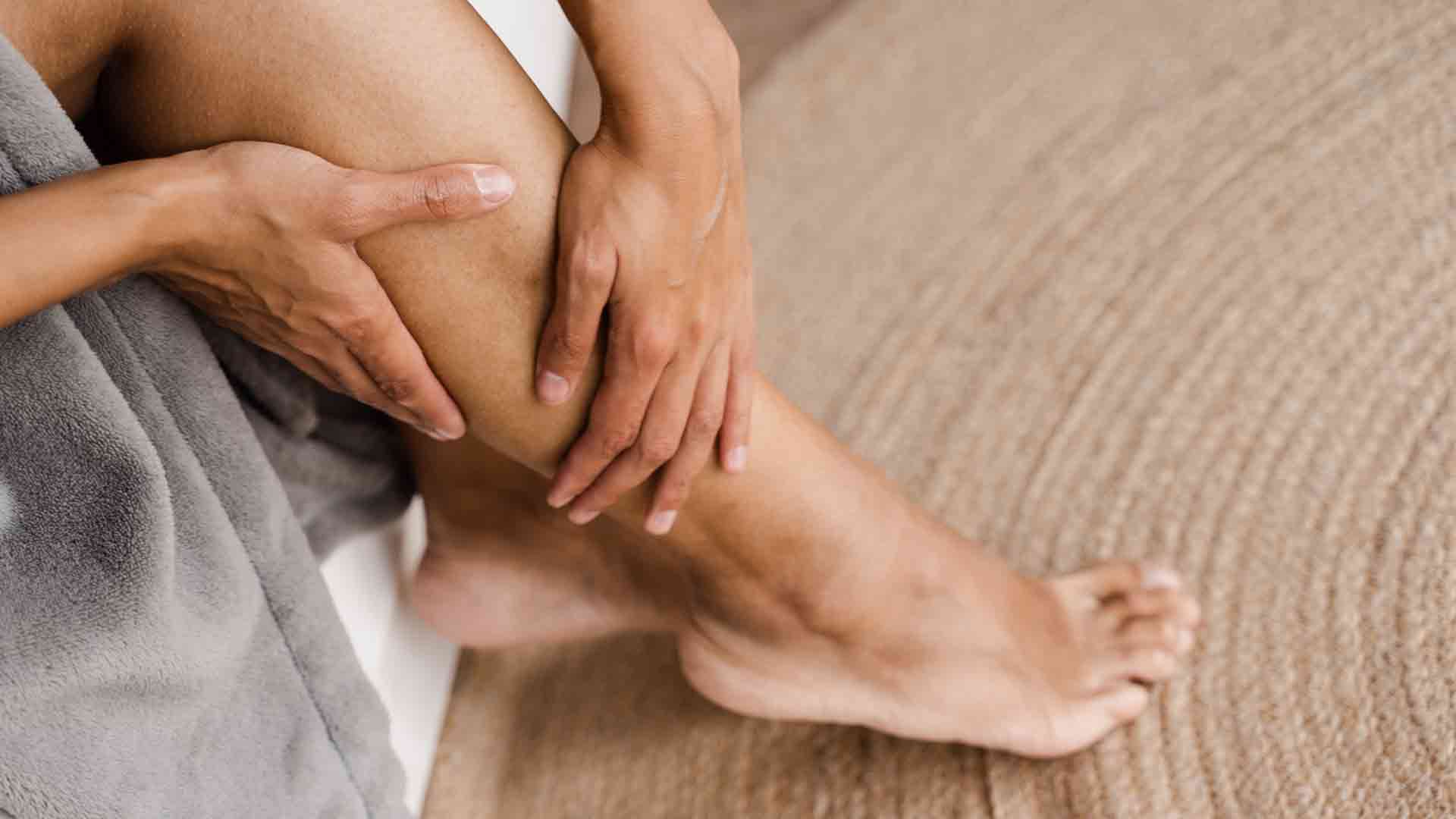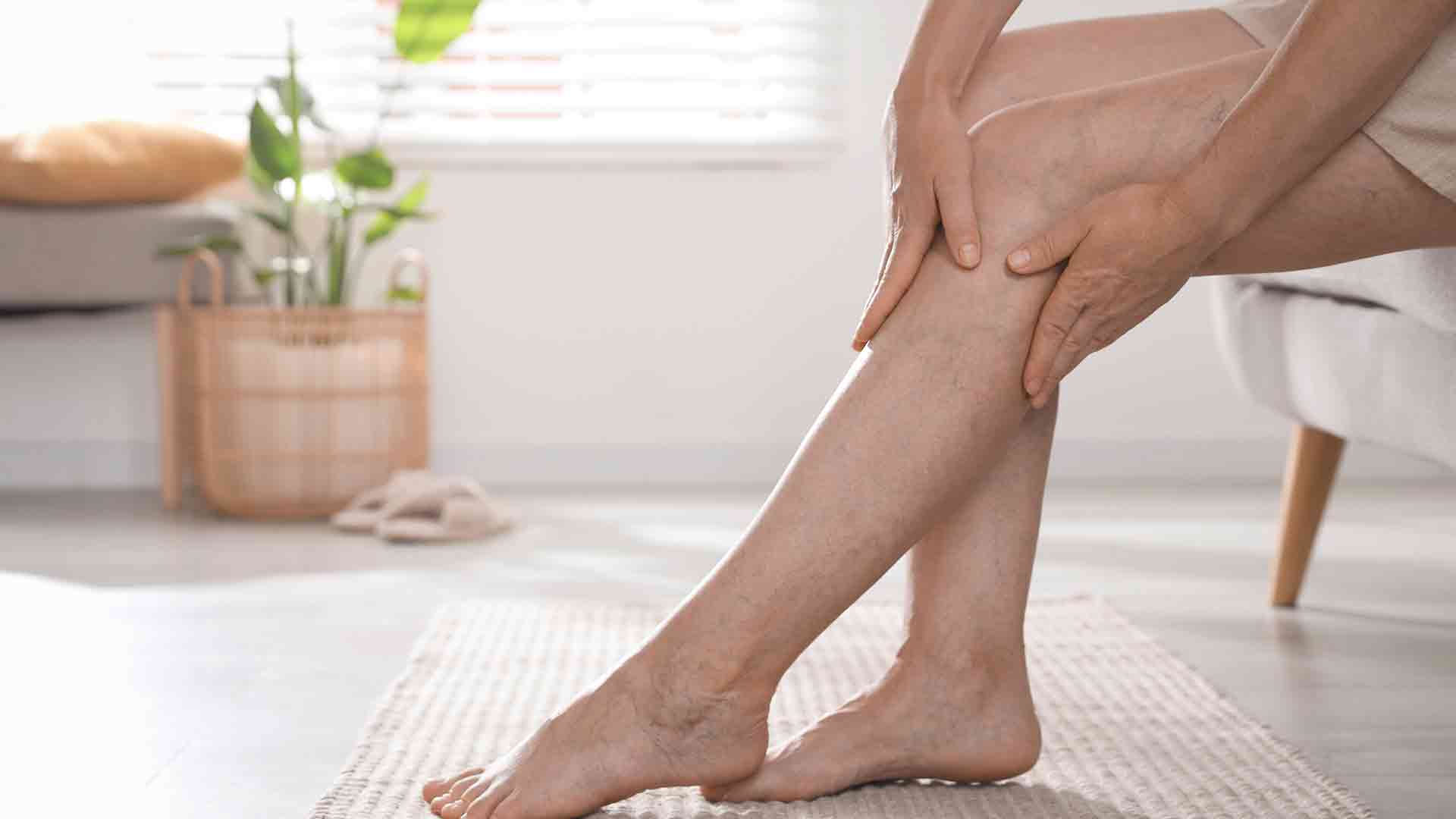Struggling with tired, achy legs? Or maybe you’re just looking for ways to boost your circulation and keep your legs feeling great? Improving blood flow in your legs is essential for preventing things like swelling, cramps, varicose veins, and more serious conditions like deep vein thrombosis (DVT. The good news is there are simple things you can do to improve circulation and keep your legs in tip-top shape.Here’s a breakdown of why good circulation matters and some easy tips to help you boost it.
Why Good Circulation Is Important
Proper blood flow means your veins and arteries are doing their job—delivering oxygen and nutrients to your muscles and tissues while getting rid of waste. When your circulation isn’t up to par, you might start noticing:
Swelling (Edema): Fluids can build up in your legs if your blood isn’t flowing well.
Pain or Cramping: You might feel discomfort when you move, thanks to reduced blood flow.
Varicose Veins: Blood pooling in weakened veins can lead to those bulging, visible veins.
Numbness or Tingling: This could mean your blood isn’t reaching the tissues as it should.
Slow-Healing Wounds: Poor circulation makes it harder for your body to repair itself, so cuts or sores may take longer to heal.
Improving circulation doesn’t just help with these symptoms—it also promotes long-term vein health and keeps your legs feeling light and energized.
10 Easy Ways to Improve Circulation in Your Legs
1. Move More
Regular exercise is one of the best ways to keep the blood flowing in your legs. You don’t have to run marathons—simple activities can make a big difference.
Walking: Aim for at least 30 minutes a day. Whether you’re walking around the neighborhood or on a treadmill, it’s a great way to get the blood pumping.
Leg Raises: Do these while sitting or lying down. Just lifting your legs a few times can help boost circulation.
Cycling: Biking is a low-impact exercise that gets your legs moving and your blood flowing.
Swimming: Great for people with joint issues, swimming combines cardio with gentle movement, making it perfect for circulation.
2. Wear Compression Stockings
If you spend a lot of time on your feet (or sitting down), compression stockings can work wonders. These special socks put gentle pressure on your legs, helping veins move blood back to your heart.
How They Work: The stockings prevent blood from pooling, reducing swelling and the chance of varicose veins.
Who Should Use Them: They’re especially helpful for people who stand or sit for long periods—think office workers, travelers, or anyone with vein issues.
3. Elevate Your Legs
After a long day, prop your legs up! This simple trick helps blood flow back toward your heart and takes the pressure off your veins.
How to Elevate: Lie down and rest your legs on pillows or a footrest, aiming for 15–20 minutes a few times a day.
When to Do It: Especially after standing or sitting for extended periods—it’s a quick fix for swelling and discomfort.
4. Stay Hydrated
Dehydration makes your blood thicker, which can slow circulation. Keep things moving smoothly by drinking plenty of water.
Tip: Aim for 8 glasses of water a day—more if you’re active or in a hot climate.
5. Don’t Sit or Stand Too Long
Staying in the same position for hours isn’t great for your blood flow. Whether you’re stuck at a desk or on your feet all day, make a point to move around.
If You’re Sitting: Stand up and stretch every 30–60 minutes. A quick walk or some calf raises will get your blood moving again.
If You’re Standing: Shift your weight or take a few steps every now and then. Flexing your calves can help push blood through your veins.
6. Give Yourself a Leg Massage
A simple leg massage can do wonders for circulation. Whether you do it yourself or see a pro, a little TLC for your legs goes a long way.
Self-Massage: Start at your ankles and use upward strokes toward your knees to help blood flow.
Professional Massage: A therapist can target specific areas to boost circulation and ease muscle tension.
7. Stretch It Out
Stretching loosens tight muscles and improves blood flow. It’s easy to fit into your routine and can make your legs feel great.
Calf Stretches: Face a wall, step one foot back, and press your heel into the floor while bending the other knee. Hold for 20 seconds, then switch.
Hamstring Stretch: Sit on the floor with one leg extended and reach toward your toes. Hold for 20 seconds and switch legs.
8. Eat for Better Circulation
What you eat affects your circulation. Focus on foods that support healthy blood flow and keep your veins strong.
Leafy Greens: Spinach and kale are full of nitrates that help your blood vessels work better.
Citrus Fruits: Oranges, lemons, and grapefruits are packed with vitamin C, which strengthens vein walls.
Berries: Blueberries and strawberries have antioxidants that protect your veins and improve circulation.
Omega-3 Fatty Acids: Found in salmon and flaxseeds, these healthy fats reduce inflammation and keep blood flowing smoothly.
9. Watch Your Weight
Carrying extra pounds puts more pressure on your veins, which can slow circulation. Maintaining a healthy weight through diet and exercise can help keep your blood flowing freely.
Tip: Focus on whole foods and cut back on salt, which can cause fluid retention and swelling in your legs.
10. Quit Smoking
Smoking is terrible for your circulation. It damages your blood vessels and restricts blood flow, which can lead to all sorts of problems, especially in your legs. The sooner you quit, the better your circulation will be.
When to See a Doctor
If your legs are constantly sore, swollen, or cramping even after trying these tips, it’s time to see a doctor. Chronic circulation issues can be a sign of a more serious condition like peripheral artery disease (PAD) or deep vein thrombosis (DVT), so don’t hesitate to get checked out.
Bottom Line
Keeping your legs healthy and your blood flowing is easier than you might think. Regular exercise, staying hydrated, wearing compression stockings, and eating the right foods can make a big difference. By making these changes, you’ll improve your circulation and reduce the risk of leg-related issues down the road.
If you’re concerned about your circulation or want expert advice on maintaining healthy veins, reach out to a vein specialist for personalized guidance and treatment options.
For more information on improving circulation and maintaining vein health, contact Dr. Kronson Team of experts today.


